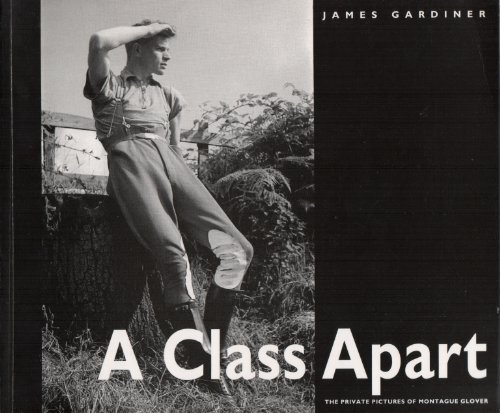What do you think?
Rate this book


144 pages, Paperback
First published January 1, 1992

“Do you remember the old days when we first started darling. I went back all over it again last night. What a time we had in them days and I am sorry to say I am crying I canot hold it back no more my Darling. I love you my old Darling. I do miss you ever such a lot my dear as you know my dear.”